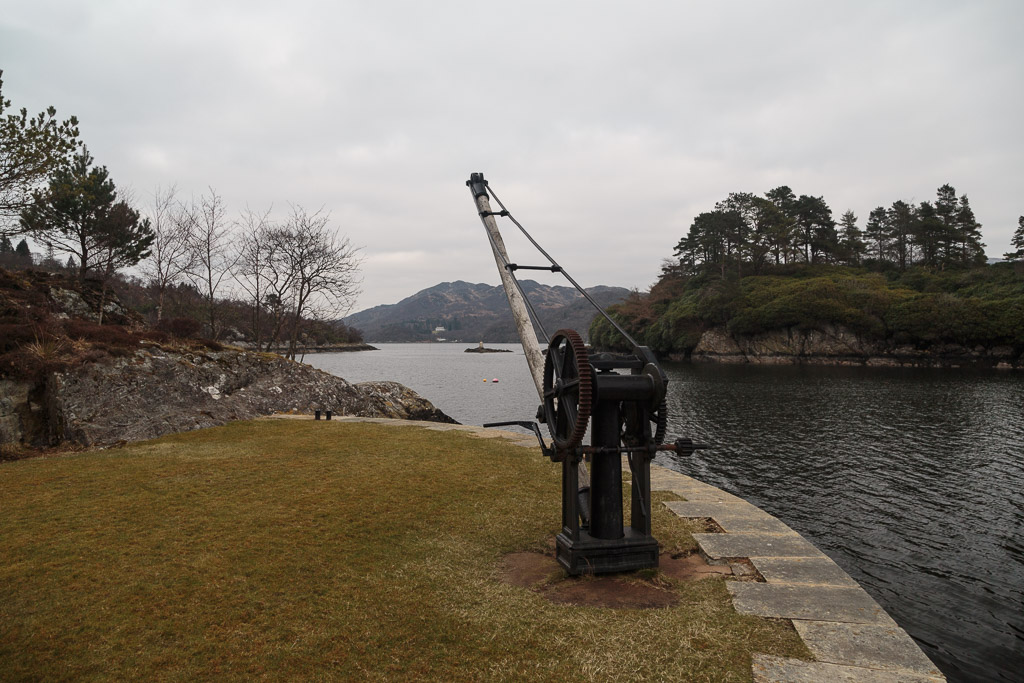chewi
Active member
All sounds too complicated/dangerous to me. Why not go for the simple option of using the same crane to lift the masts and hulls, OK so you can only do half the number of boats, but then repeat the exercise in a fortnights time when the tides are again right. By spreading the workload and giving members the option of two possible dates for lift in/lift it might actually be better for many members.
That's the "let them eat cake" approach. Fine if that's what you choose, but there other ways.
If members want to they can go elsewhere and pay either for storage or mast dropping, but as a club try to keep their costs down where feasible.
Our access to the yard is restricted by tide. We already do two lifts of 30 boats on each of two spring tides at each end of the season. If we had to use yet another spring at either end of the season we'd lose a month and get half the yield out of an expensive crane, so we devise ways to make it work safely.
Our solution is to collectively lift the boats out under the control of a trained liftmaster, and do it so quickly we oblige the members to drop their masts and we provide a derrick to do so.

